Keentel’s 8 Steps for Installing a Generac Whole-Home Standby Generator.


01
Initial Assessment & Load Calculation
- Conduct a site survey to determine power needs and the appropriate Generac generator size.
- Identify essential vs. non-essential loads if using a load-shedding ATS. Calculated By Professional Engineers
- Verify fuel type (natural gas or propane) and availability.
- Select an installation location compliant with Generac’s clearance requirements (5 ft from openings, 3 ft from combustibles).

02
Permitting & Utility Coordination
- Obtain necessary permits from local authorities.
- Submit interconnection paperwork to the utility provider (e.g., TECO) if required.
- Schedule a gas company visit if upsizing the meter or extending the fuel line.
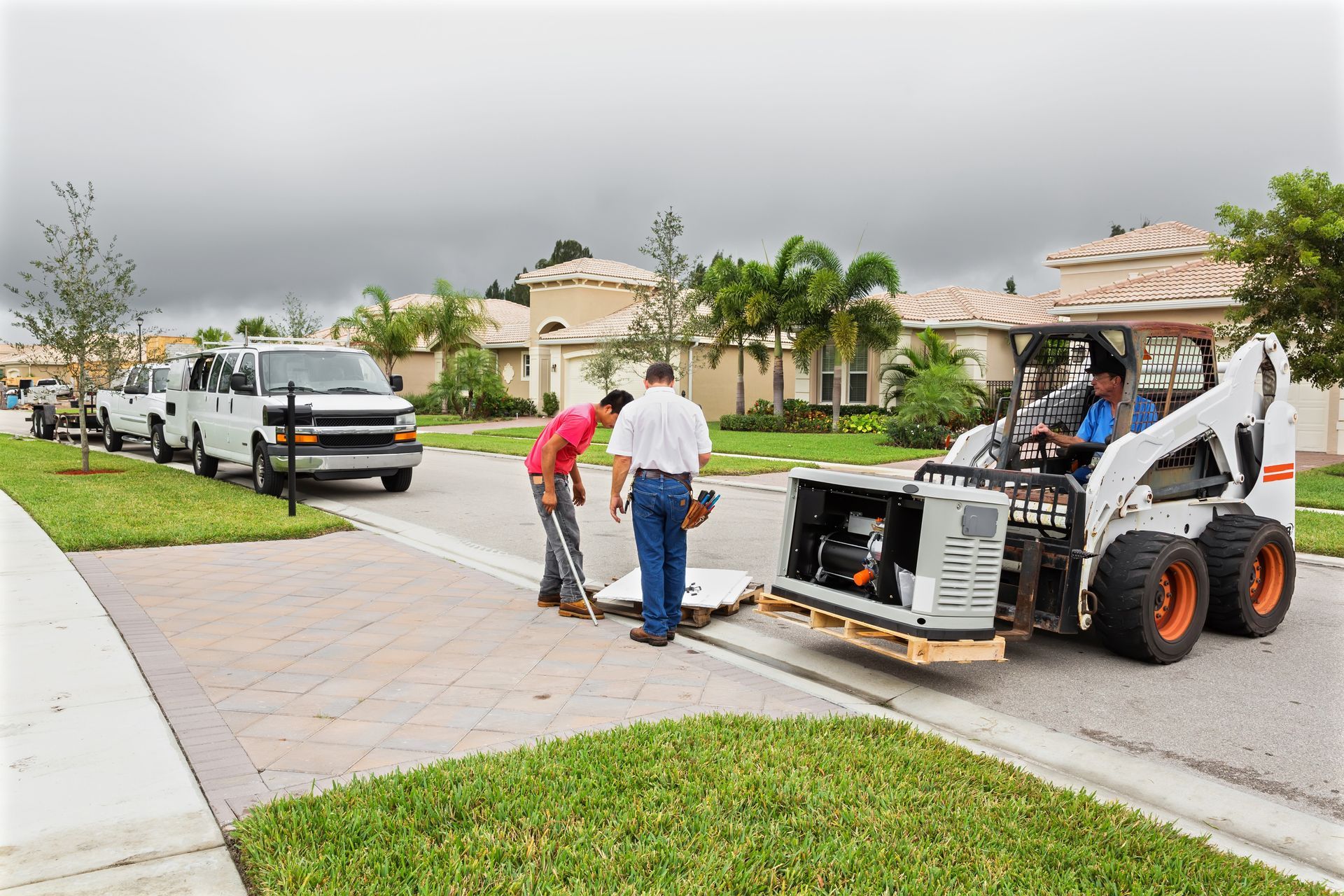
03
Site Preparation
- Prepare the generator pad: Use a Generac pre-cast pad or pour a concrete base.
- Ensure the pad is level and elevated to prevent flooding.
- Route conduit paths for electrical and fuel connections.
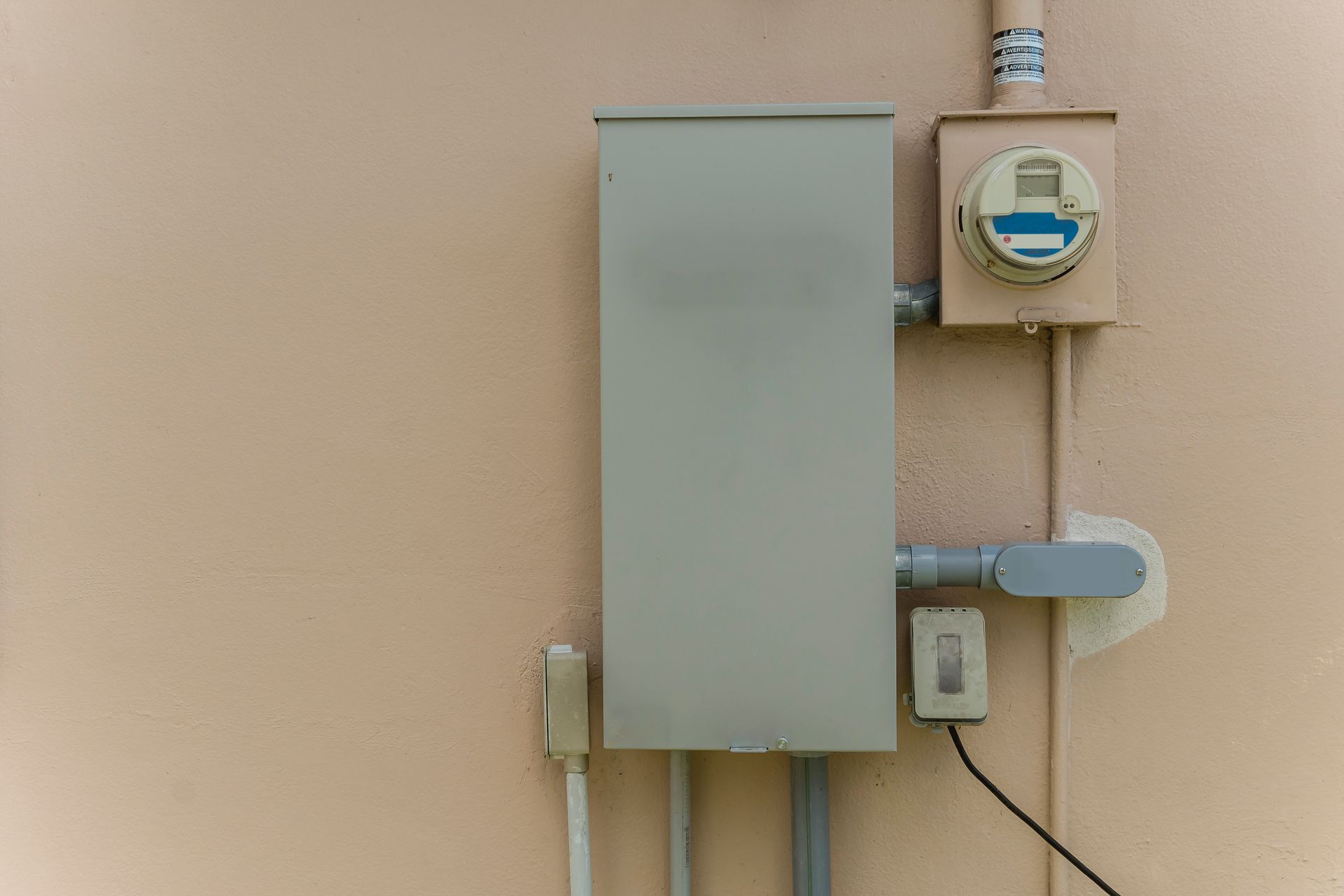
04
Installing the Automatic Transfer Switch (ATS)
- Mount the Generac Smart ATS near the main electrical panel.
- Shut off power at the main breaker before making connections.
- Run conduit and pull wires from the ATS to the generator location.
- Connect the ATS to the home's electrical system, ensuring correct phase alignment.
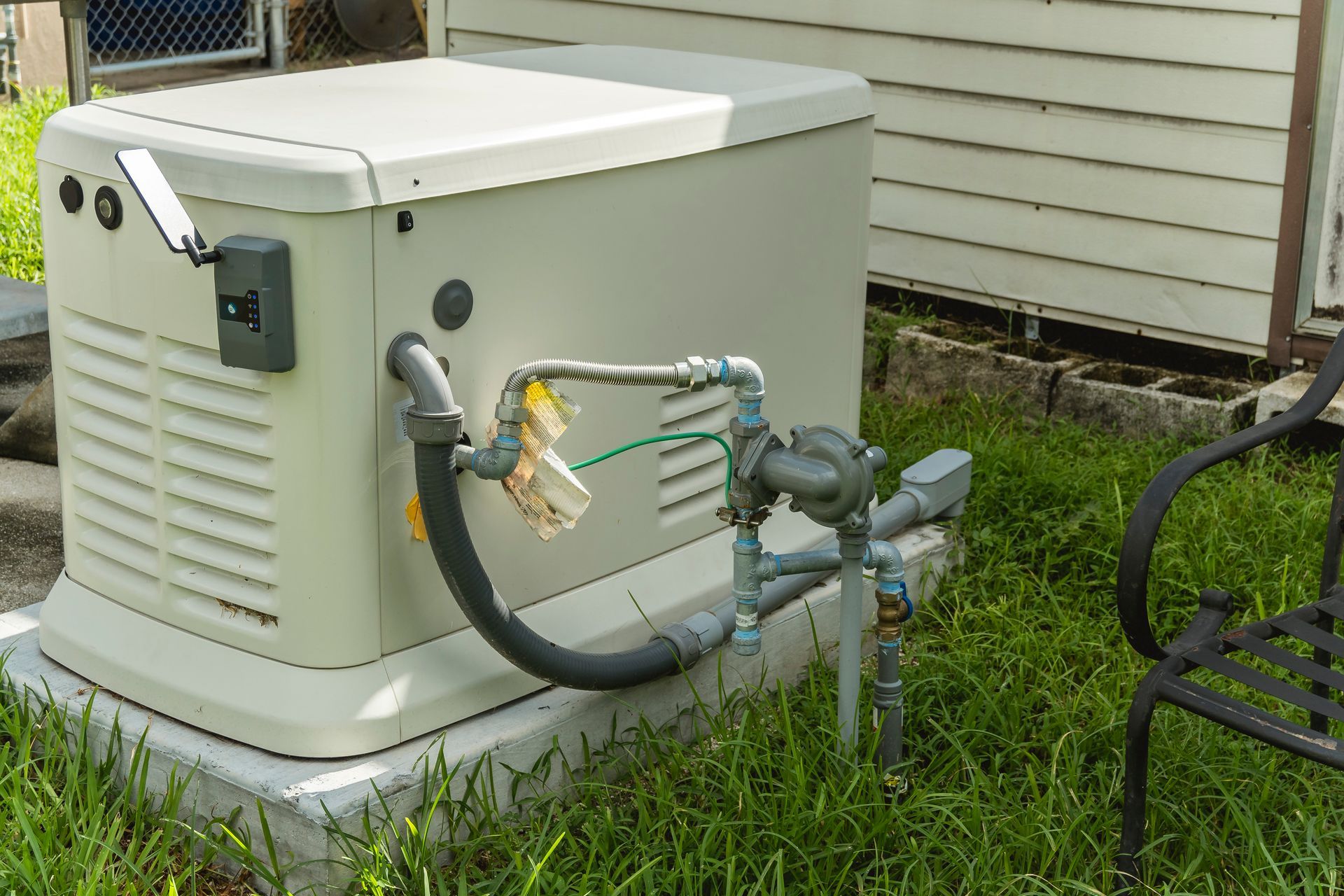
05
Fuel System Installation
- Install natural gas or propane lines per Generac’s BTU requirements (found in the manual).
- Verify gas pipe sizing and ensure proper regulator settings.
- Conduct a pressure test and check for leaks.
- If using propane, ensure tank placement meets NFPA 58 clearance codes.
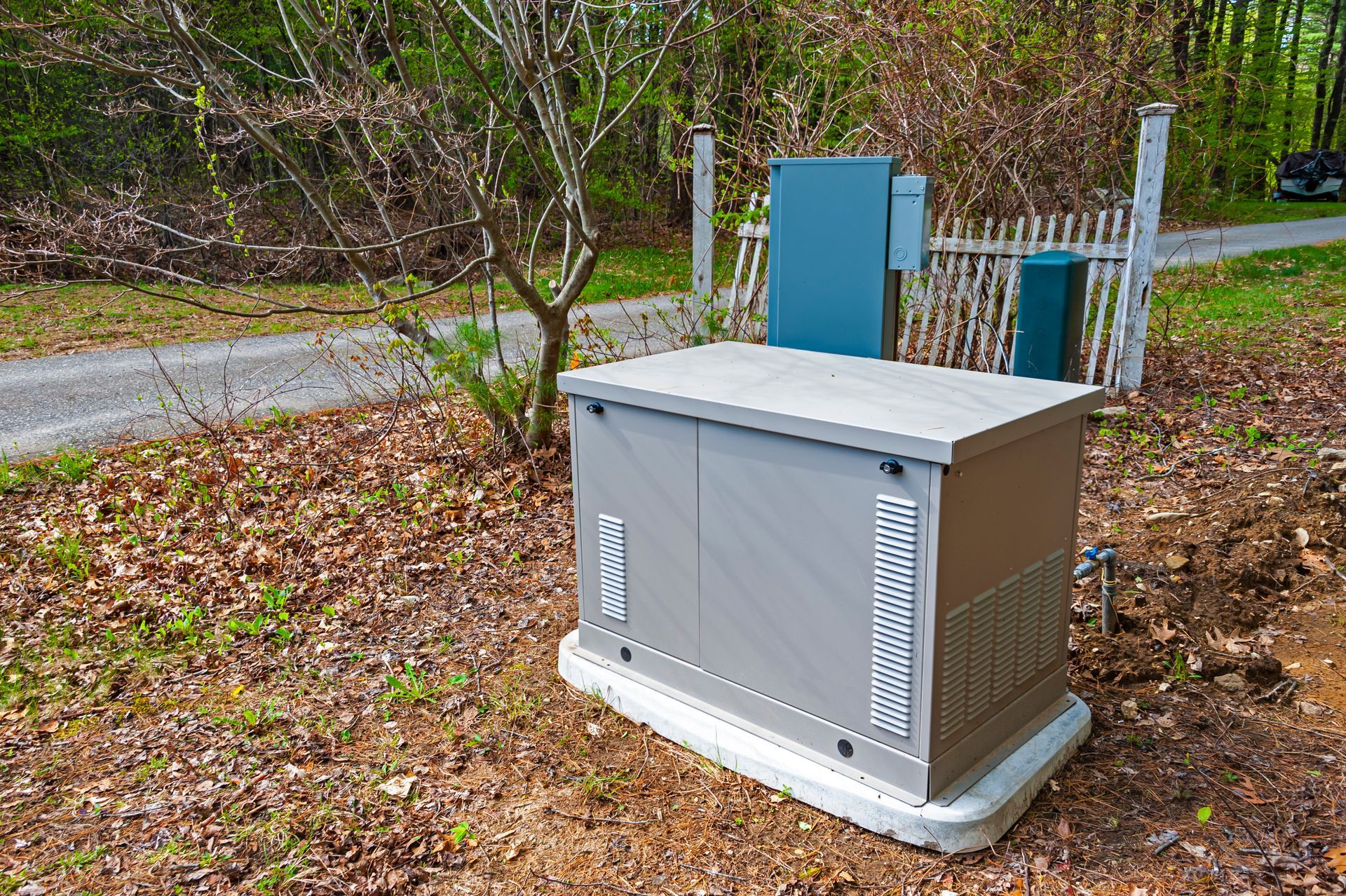
06
Generator Electrical Connections
- Connect control wiring from the generator to the ATS.
- Connect the generator’s main power leads to the ATS.
- Properly bond and ground the generator per NEC Article 250.
- Verify correct battery installation and charge status.
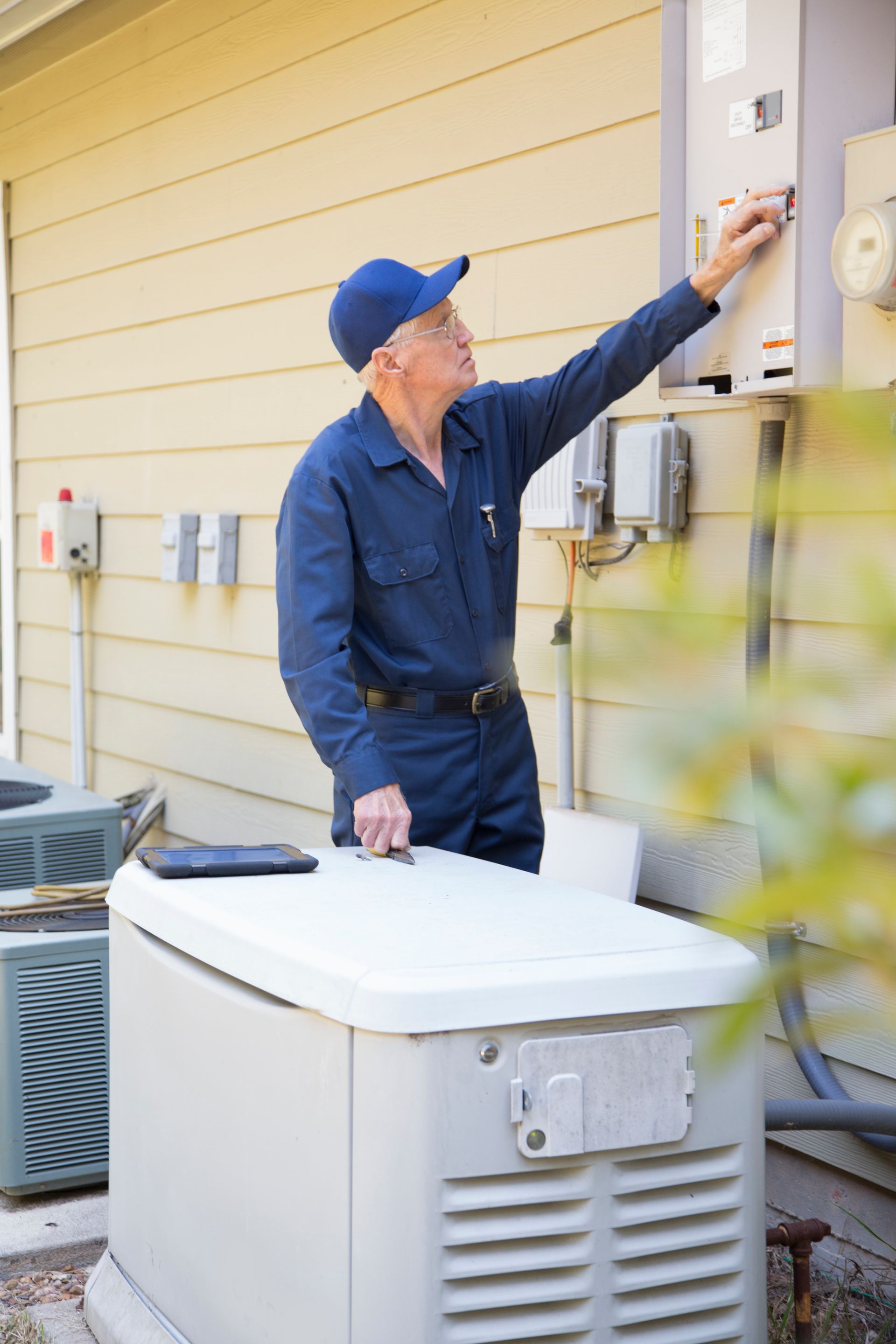
07
Initial Startup & Testing
- Fill engine oil to the recommended level (Generac typically ships without oil).
- Open the gas valve and perform a prime/start sequence.
- Run Generac's self-test mode and verify proper operation.
- Conduct a simulated power outage to confirm ATS transfer functionality.
- Check for abnormal voltages, frequency, or error codes on the control panel.
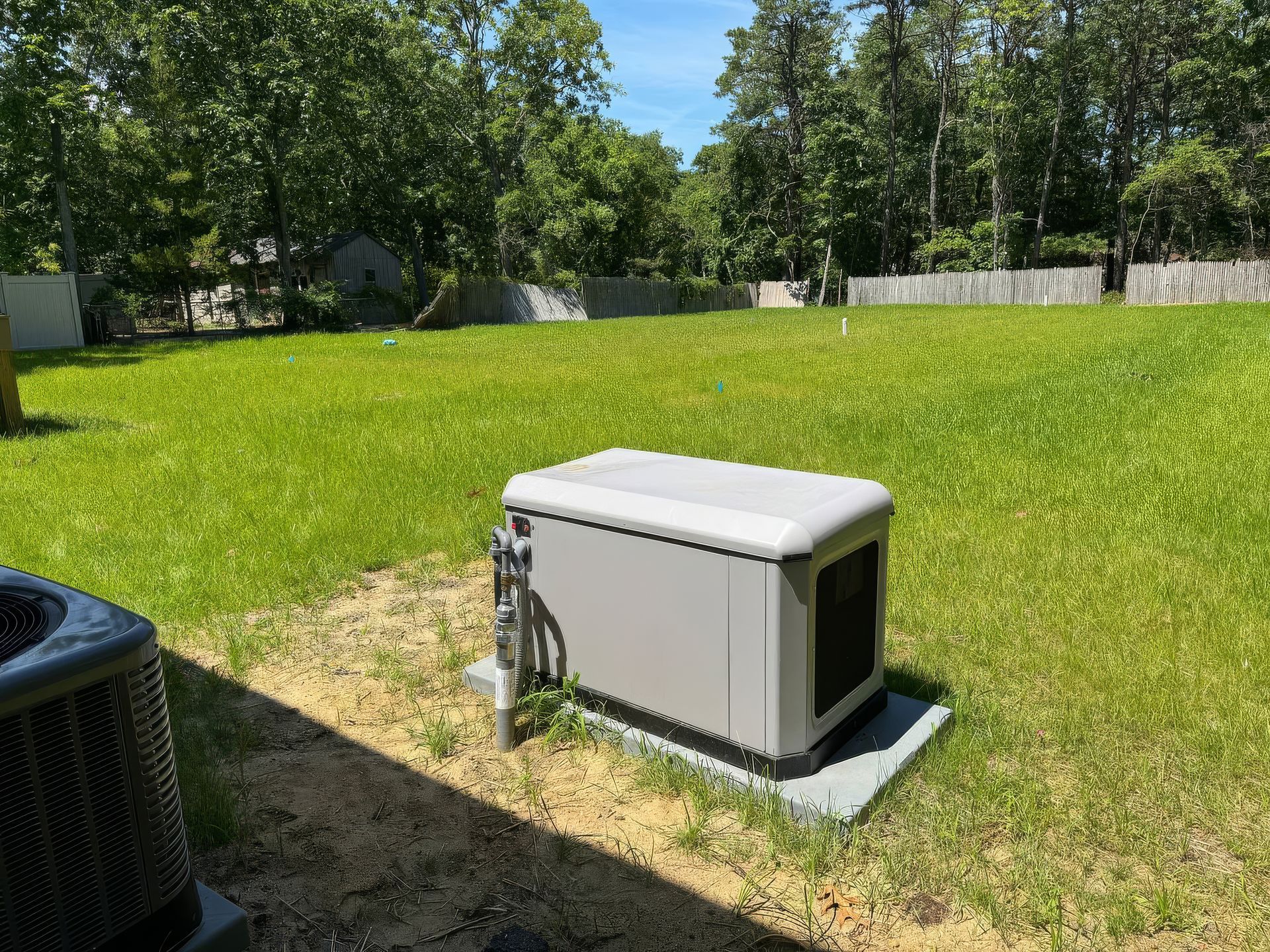
08
Final Inspection & Homeowner Handover
- Schedule final inspection with the building department.
- Walk the homeowner through the generator operation, weekly self-test schedule, and maintenance intervals.
- Provide documentation, including warranty details and Generac's recommended maintenance schedule.
- Recommend annual service and remote monitoring setup (if using Mobile Link).
Contact Us Today
Call:
Email:
Location:
Social:
Get A Free Estimate
Contact Us
Thank you for contacting us.
We will get back to you as soon as possible.
We will get back to you as soon as possible.
Oops, there was an error sending your message.
Please try again later.
Please try again later.





